incense (or Olibanum) is a gum resin that is air-dried and comes from the frankincense tree. It is used both as an incense and for therapeutic purposes. The smoke that is produced when it is burned is also called incense.
Occurrence and cultivation of frankincense

incense is obtained from the frankincense tree. The tree grows to about four to six meters high and only thrives on very dry, barren soils that must have a certain mineral content. The main growing areas are the hinterland of the coast of East Africa, the south of Arabia and India. The tree contains a milky liquid that is air-dried and from which the so-called frankincense resin is made. Frankincense is produced from late March to early April. The trees are cut at the branches, whereby the quality of the resin is initially inferior and then improves over the course of the weeks.
The resin leaks out when it is cut, air-dried and then harvested as so-called resin tears. The yield depends on the size, age and condition of the tree in question and is around three to ten kilograms. Frankincense consists of resins, essential oils, proteins and slime and was used for a wide variety of cults in ancient Egypt. For example, it was used as a disinfectant medicine and incense during mummification.
When it burns up, an aromatic smoke is created that is still used in various religions today. In ancient times, frankincense was a very high-priced commodity that was traded on the frankincense route. More than ten different types of frankincense can be found worldwide, the best known being Boswellia serrata, which is native to northern and central India.
Effect & application
The Egyptians used incense to treat wounds and for ointments. Frankincense was mentioned in the oldest Egyptian script, the Ebers papyrus. Here, crushed frankincense with honey was described as a remedy, a recipe that has been preserved in Egypt to this day. Hippocrates used the remedy for respiratory diseases or for problems with digestion.
In East Africa, frankincense is used to fight diseases such as schistosomiasis, syphilis and stomach ailments. Indian Ayurvedic medicine has also been using the plant for joint and muscle problems, rheumatic diseases, ischalgia and arthritis for more than 5000 years. As an ointment, it is also applied externally to ulcers, swollen glands or broken bones.
Internally, incense is also used in natural medicine in Ayurveda for hemorrhoids and inflammation of the oral cavity. In classical naturopathy, frankincense is used to alleviate rheumatic complaints. In addition, it has been proven that frankincense helps with chronic diseases such as rheumatoid arthritis, but the symptoms of multiple sclerosis and neurodermatitis can also be alleviated by frankincense preparations.
The resin of frankincense contains a substance that has a very good effect on a wide variety of chronic inflammations. This substance is called boswellic acid and it has the ability to block leukotriene synthesis, thereby reducing inflammation. The enzyme 5-lipoxygenase causes inflammation in the body. With the help of this enzyme, leukotrienes are formed, the body's own metabolic products that maintain chronic inflammation.
In inflammatory diseases, the leukotriene formation in the body is therefore always increased. However, if the leukotriene production can be stopped, the inflammation will decrease. The boswellic acids fulfill exactly this function: They inactivate the enzyme 5-lipoxygenase, so that no more leukotrienes are formed. Boswellic acids have fewer side effects than, for example, anti-inflammatory drugs such as indomethacin or diclofenac.
Increased leukotriene levels are found, for example, in the following diseases such as pulmonary fibrosis and asthma, allergic nasal mucosal inflammation and allergic conjunctivitis. Also gout, hives, psoriasis, Crohn's disease can be found as well as cirrhosis of the liver and nicotine addiction.
In addition, frankincense should also show its effect on brain tumors, since the boswellic acids are able to push back water accumulations that are formed around the tumor. This enables better surgical treatment. Frankincense also has a balancing effect and can support the body in stressful situations. Since sesquiterpenes can also be found in the remedy, frankincense affects the limbic system. It works against depression and can stimulate the immune system.
Importance for health, treatment & prevention
Frankincense preparations are used in tablet form or as powdered frankincense resin. So far there is only one drug available, the so-called H15, but it has to be imported from India after a doctor's prescription. In the case of chronic complaints, a dose of 3 x 800mg per day is recommended at the beginning of therapy, provided the complaints are very severe. Otherwise a dose of 3 x 400mg dry extract per day is sufficient. Frankincense tablets only work after about four weeks and are therefore not acutely pain-relieving, so accompanying medication is recommended.
By taking it, joint swelling goes down, general well-being or morning stiffness is improved and the inflammation levels decrease. Skin rashes and itching as well as gastrointestinal complaints may occur as side effects, but these will disappear again in the course of the treatment.
Homeopathic incense drops or an incense balm can also help with venous disorders, as the boswellic acids prevent water retention and prevent pain. Externally, frankincense can also be used in the form of envelopes or ointments; for internal treatment, capsules and distillates are available in addition to tablets.

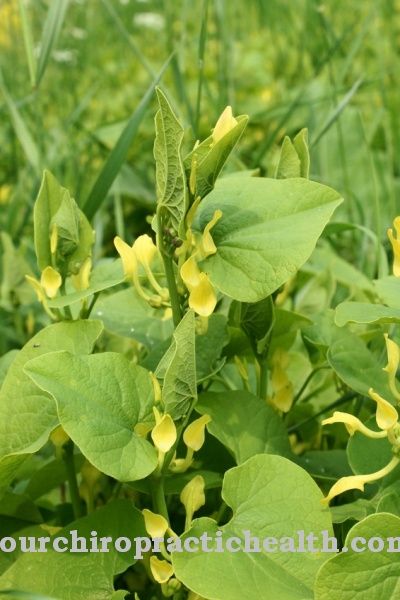
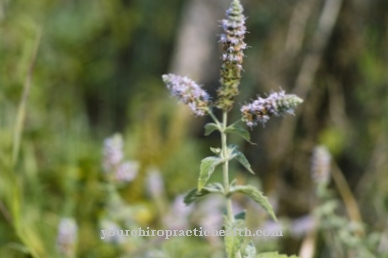

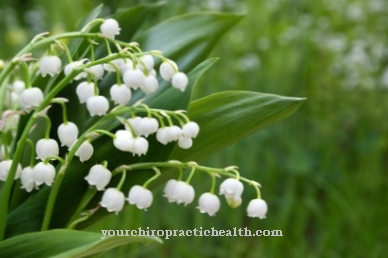

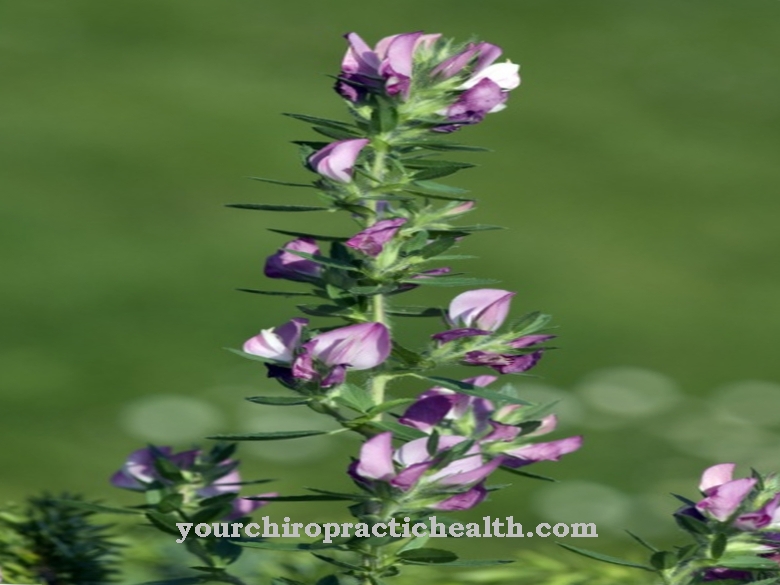



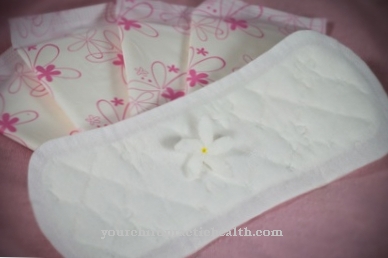






.jpg)







.jpg)


